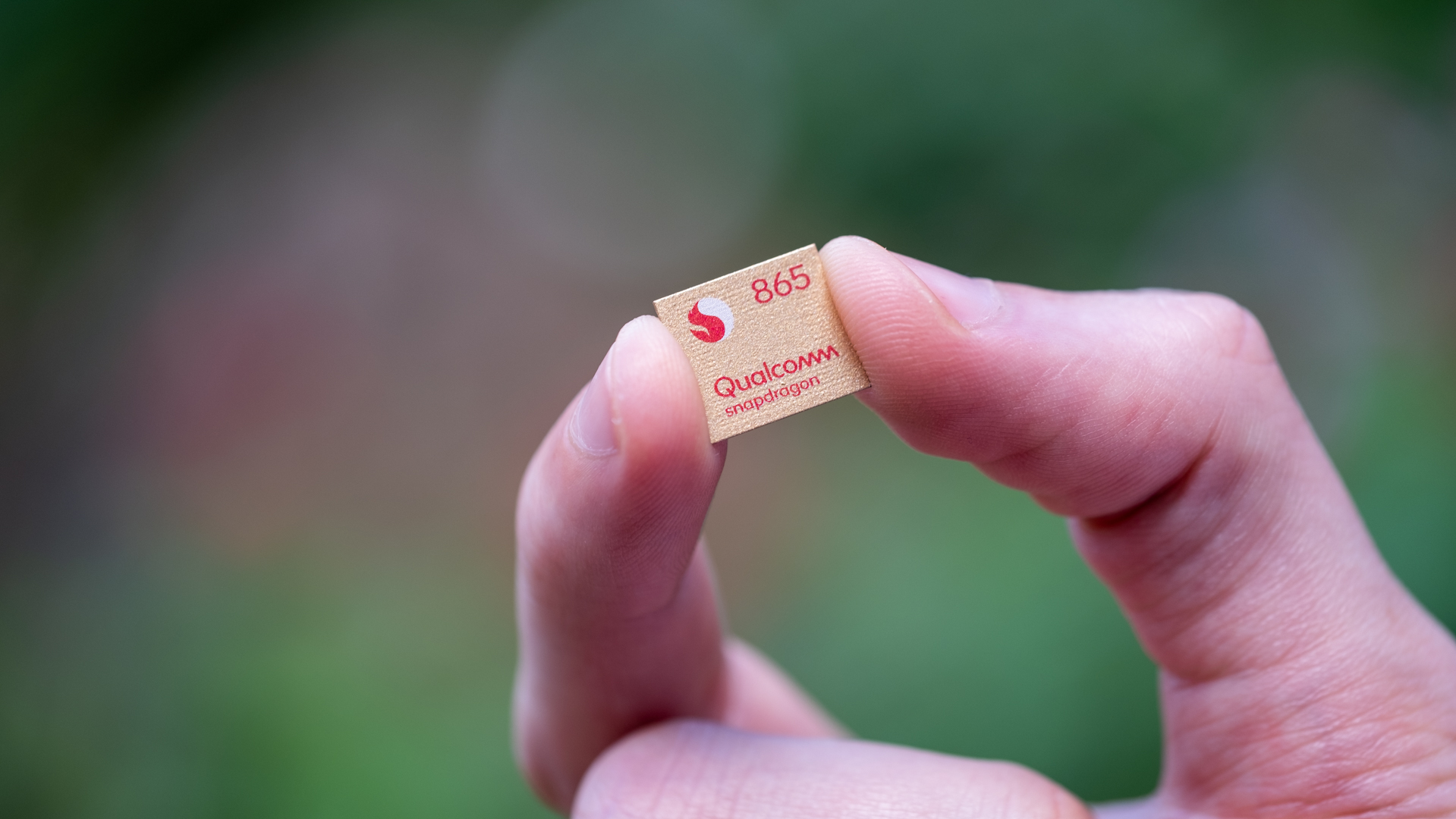
Qualcomm has announced Quick Charge 3 Plus, the next generation of the company’s widely used charging technology. The company is promising even faster charging and cheaper prices for future Android devices that support the technology.
The technology will be made available for the Snapdragon 765 and 765G first. The first phone to support the new charging tech is the Xiaomi Mi 10 Lite Zoom. The device will actually feature both Quick Charge 3 Plus and Quick Charge 4 Plus, making it the only phone with support for both.
Additional Snapdragon platforms will be supported across device tiers through 2020, though the company didn’t specify any other devices buyers can expect to see the technology on going forward.
Quick Charge 3 Plus is focused on delivering super-fast charging while remaining affordable. The company says it can charge a device from dead to 50% in about 15 minutes, which is 35% faster than previous generations. Additionally, it promises to deliver the charging speed at 9 degrees Celsius cooler. As far as power output, the new technology uses 20V and 3A or 60W.
The upcoming Qualcomm Quick Charge 3 Plus technology will support industry-standard USB-A to USB-C cables and accessories that work with scalable voltage with 20mV steps from Quick Charge 4. Compared to Quick Charge 4 Plus, the main thing that makes 3 Plus stand out is the support for the USB-A connector, which is more inexpensive than the connectors used with Quick Charge 4 Plus.
It’s also fully backward compatible with previous generations, so it should be able to support a wide range of accessories that device owners may already have. This sticks with the theme of affordability since buyers won’t need to replace all of the crosses they’ve already purchased.
In a statement to Android Authority, Qualcomm said, “While the focus is always on high performance and safety, the intent is to always make the technologies as broadly available as possible for consistent user experiences. Both Quick Charge 3+ and Quick Charge 4/4+ enable all different charging implementations in a mobile device making them suitable for all customers.”







No comments:
Post a Comment